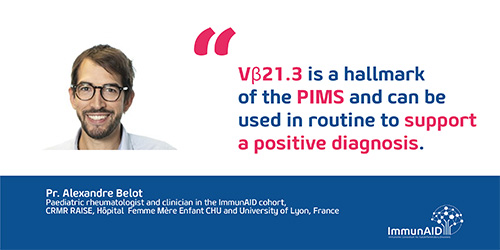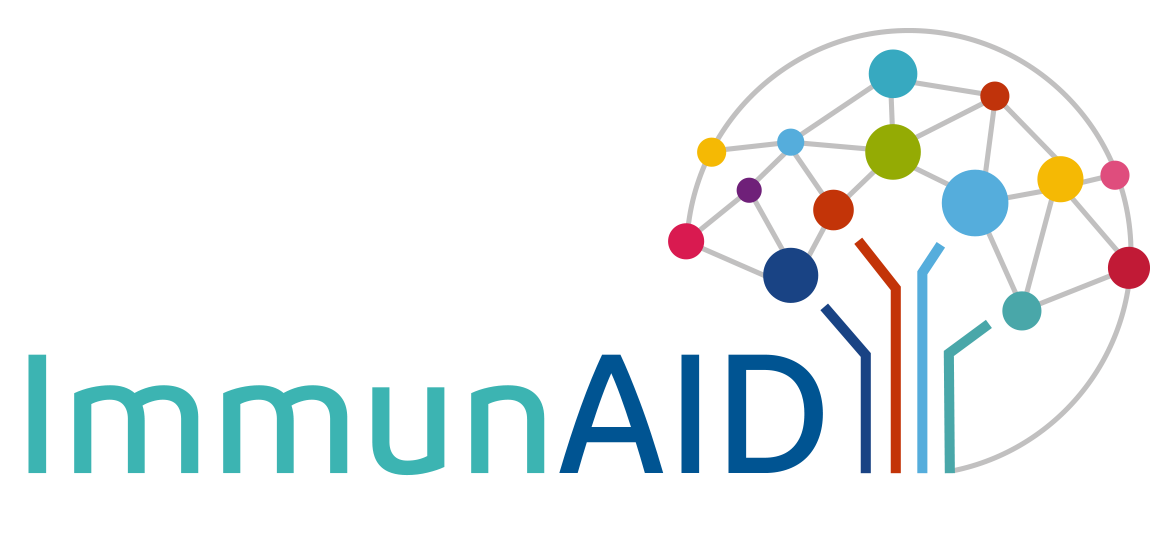The coronavirus pandemic has brought to light a new autoinflammatory condition that affects children: the paediatric multisystem inflammatory syndrome (PIMS). Pr Alexandre Belot, paediatric rheumatologist, tells us more about the symptoms of this disease, the treatments and the protective effect of vaccination on this pathology.

How would you define PIMS (Paediatric multisystem inflammatory syndrome)? What are the most obvious symptoms to recognize this disease?
It is a new disease that appeared a few months after the first wave of the pandemic and affects only children, the average age is 8 years. Some of the symptoms are similar to those observed in patients with Kawasaki disease: high fevers, cheilitis, conjunctivitis, fatigue with digestive syndromes (diarrhea and abdominal pain) and a positive serology to SARS-COV-2 which closely links the appearance of this disease to a recent COVID 19. PIMS is a post-infectious inflammatory disease, occurring about 4 weeks after the acute infection.
To date, has it been possible to identify an effective treatment for this disease?
Following Kawasaki diseases guideline, in France, two kinds of treatments have been tested and compared: IVIG (intravenous immunoglobulin) alone and IVIG associated with corticosteroids. Retrospective data from 106 patients were collected and analyzed using a propensity score to compare the efficacy of these two approaches and it was found that the combination of corticosteroids was more effective as there was a reduction in the persistence of fever in these patients compared to those who received IVIG alone. These results were later confirmed by other groups.
Have we been able to identify biological markers for this disease?
For this new disease, we still lack markers but of course studies are underway.
A first specific marker has been identified recently: it is a marker associated to the immune T cells response, called V. In more than 75% of cases, Vis expanded and it is a hallmark of the PIMS. This marker can already be used to help for the differential diagnosis.
Finally, what is the role of COVID-19 vaccination in this disease? Can we already see a protective role of the vaccine?
Studies have already demonstrated the protective role of the vaccine, including a study conducted last year that showed that out of 33 children with PIMS, 26 were unvaccinated and 7 had received a dose of the vaccine, so none were fully vaccinated, which already presents signals in favor of the vaccine.
Other studies are also currently underway, and the results clearly point in the same direction. So, I encourage pediatricians to promote vaccination to parents



